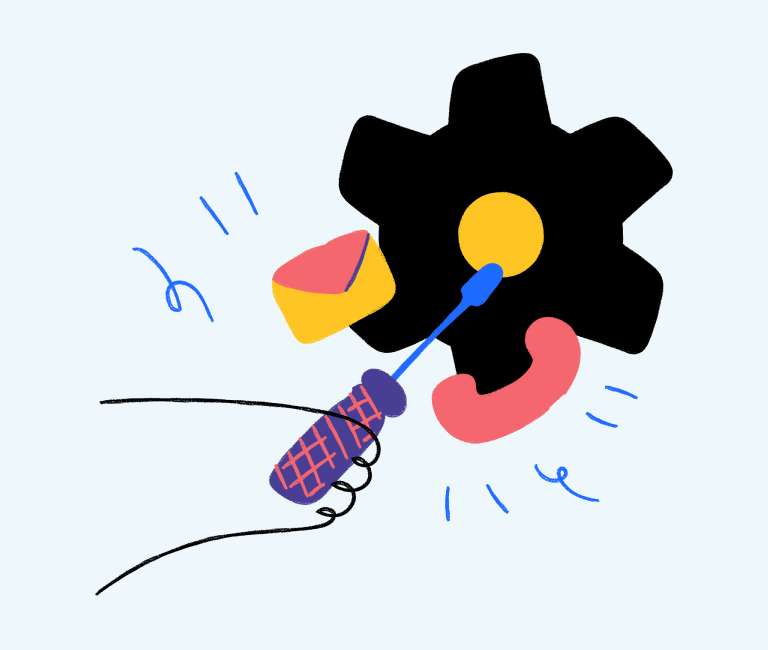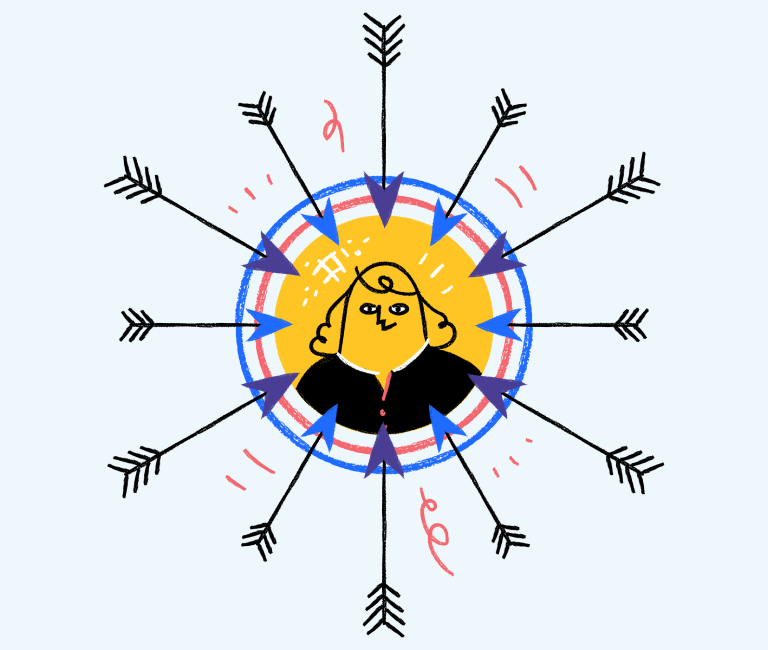How to Get Started With Native Advertising: Things You Must Know
There is constant change and improvement with digital marketing all around the world, with new ways of advertising being launched every month. One of the most successful techniques used on a wide scale by clever marketers nowadays is native advertising.
So what is it, and how can you get started with your own native ad campaign? Let’s jump in, and explain it all.
What is native advertising?
Before we start discussing anything else, let us first describe what native advertising is. Unlike regular advertisements such as Google Ads or traditional banner ads, native ads are designed in a way to sit within the page content naturally, and to approach target customers softly. Their specialty lies in the way they adapt to the platform where they are used.
Often also known as sponsored content, content sponsorship, or paid content, it involves offering content that is very authentic and relevant to your target audience.
The content of native advertising should encourage people to share it with their friends and communities, and it needs to look and feel like your website or blog.
An advertisement that appears in a panel titled ‘Across the web’ or ‘Sponsored content’ or even a marketing video placement in the middle of a news article may often be a native ad. Most websites will have the word ‘sponsored’ nearby, to help highlight that it is paid content.
Many people are naturally quite annoyed when they see too many loud and bold ads scattered almost everywhere on a page. Native ads work differently than this, and normally are far more accepted by consumers.
As a result of this, native advertising is known to be a more ‘natural’ way of making people aware of your product or services. This is definitely a way worth trying these days and our guide to native advertising is going to help you a lot.
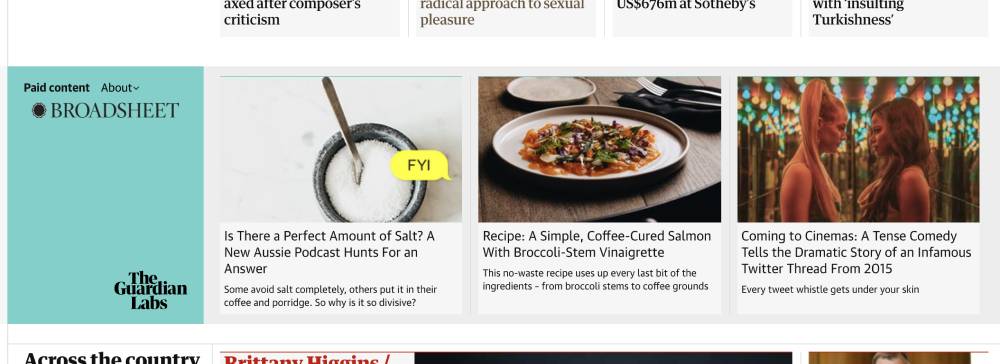
Proven benefits of native advertising
Native advertising can make a huge impact on your conversion rates and user engagement.
In its most basic form, native advertising works as a form of advertising that’s not restricted by any existing standards, and instead uses the power of well crafted content to promote your products or services in the most efficient and engaging way possible.
That means you can reach audiences of both the search-engaged and those who are not engaged with your site, without forcing people to convert or subscribe before they’ve seen any content on your website.
Native ads are very effective
The consumer mindset has changed a lot regarding the ads they see on the internet. You can imagine your desperation to locate the skip button after seeing an ad. The term “banner blindness” encapsulates how consumers just don’t even notice old banner ads any longer.
The traditional methods of advertising are no longer as effective these days. But native ads work very effectively in orienting the target customers towards your services or products in a natural way.
Help you develop a genuine relationship with target customers
Native ads are known to develop a better relationship with the target audience by fostering a deeper level of interaction. As a business owner or marketer, you have to work on developing a long-term relationship with your audience and customers.
Native advertising is predicted to grow to $400 billion
by 2025. (Source: The Drum)
Native advertising can enrich your engagement with consumers
The native advertisements are always more informative and convincing as compared to the traditional ads that are nothing more than major interruptions for people.
Since the native ads are highly focused on making the potential people understand the fundamentals and other essentials of the product or service, there is genuine engagement with the customers. This feature is completely lacking in traditional advertisements.
Highly suitable for mobile platforms
Native ads have the potential of enhancing the online growth of your firm tremendously. And this guide to native advertising will tell you why. Native ads work well with mobile devices. The majority of native advertisements are displayed on the main content area of third-party sites.
Hence those advertisements are significantly well-suited for mobile devices along with desktops and other devices.
When the majority of internet users are engaged on the internet through mobile devices, you can’t ignore the importance of its potential. And native ads give you an edge in reaching more people.
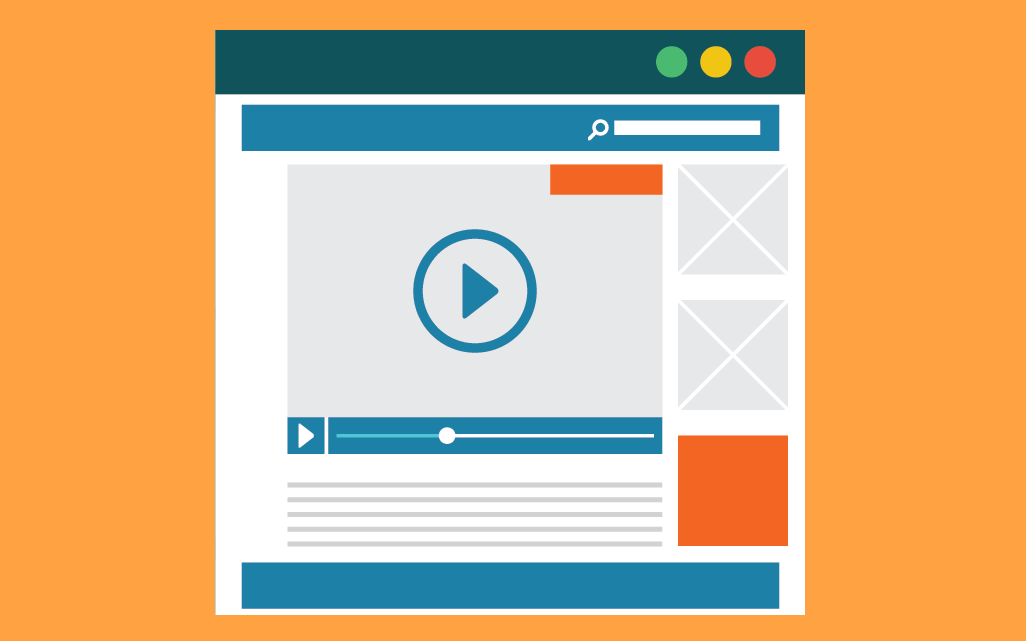
How to get started (successfully) with native advertising
Now that we all understand the benefits of native advertising, let’s turn our attention to some clever methods to ensure your first campaign goes well. You can use the following tips to make sure that you create successful native ads that drive the right traffic and reach the right target audience.
There’s a huge difference between running native ads and creating a quality campaign that targets users in the right way. Let’s go through this.
Set the goals for your campaign first
This is the first step here like all other advertising campaigns i.e. deciding what you want from these advertisements. If you are not clear about what you want, it is quite a meaningless journey to start. So, you have to set the goals first.
Decide your target audience
Though native advertising is something that can be started with a random audience as well, you should have your target audience for long-term benefits.
Start with minimum specifications. Then you will start knowing more about people and will be able to define your target audience perfectly. The thing is, you can’t define the target audience precisely before the audience starts responding to your ads.
Choose appropriate publishers to post valuable content
There is a lot to consider before you choose the publisher. This guide to native advertising will mention some factors like that. First, you need to analyse your needs like the type of audience you want, the size of your expected audience base, etc.
Once you are complete with this information, find a website that is suitable for these purposes. Make sure you know whether the demographics of the website match your taste.
Then comes the content. Content matters a lot in native advertising. And you will always be ahead in terms of quality if you create content wisely. First, keep in mind that you have to educate your target audience with content.
Though your content needs to be highly informative, don’t forget to make the content suitable for things like lead generation, increased sales, etc.
Consumers look at native ads 53% more than
display advertising. (Source: Outbrain)
Now create perfect ads
You are equipped with all the necessary elements by now. It is time to create ads. There are some things you need to consider in the creation process. The most important elements of this entire recipe are titles and thumbnails.
In some cases, you might need to load the same URL with different titles and thumbnails. Make sure you are always making necessary changes in these two elements based on the taste and preferences of your target audience.
Native ad images
The image is the largest component for screen ‘real estate’ with native ad, and is so important.
You’ll need to try choosing stock photos or video that matches your readers interests, and positions your article or product in the right environment.
Studies have shown that photos without any text, illustrations and black and white photos often stand out more than typical images.
Native ad headlines
The words you use in your headline can make a world of difference to the results of your native advertising campaigns.
You want to write a headline that attracts and relates directly to your audience. Avoid using industry jargon or insider acronyms, unless they are commonly used by your audience.
You should use the same tips that you’d apply if writing an article or landing page headline. Use good power words, and avoid cliches that may turn your audience off.
Ask yourself
Before launching that first ad campaign, you should ask yourself first:
How would you describe the final look and feel of your ad? Is the visual design different than what you originally designed for the website?
Is the display or length of the ads interesting and well-crafted?
You want to be very happy with your campaign before you can expect others to find it interesting too.

The above image shows a typical sponsored content panel on the very well known Reuters website.
Keep track of your growth and analyse the pitfalls
This is a constant process where you have to apply new techniques based on the demands of your audience. Some things would work while others won’t. And you need to keep track of those actions and make necessary modifications.
You should be regularly reviewing the campaign metrics such as: conversion rate, engagement rate, etc. How do they compare to other ads you have previously run? Is there a way you can improve them?
Many publishers and native ad networks allow you to split test your advertising. Try running two native ads, with slight differences in either the title or the image. Which one is converting better?
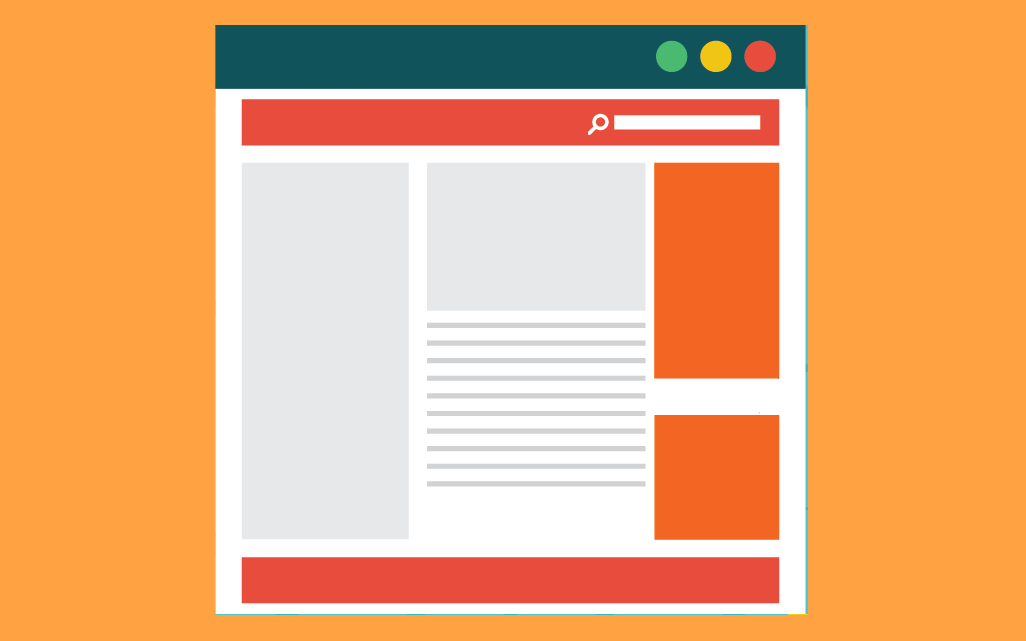
Final thoughts
Since the native ads have been proven to be highly effective in generating leads, you can’t deny their importance for your marketing needs. This guide to native advertising has shown you the basics and the key benefits of native advertising, in order to help you get started.
However you’ll find that there are also many other things that you will learn along the way once you get started. Remember, you must always stick to the demands and desires of your target audience. I trust your first native advertising campaign goes well!

